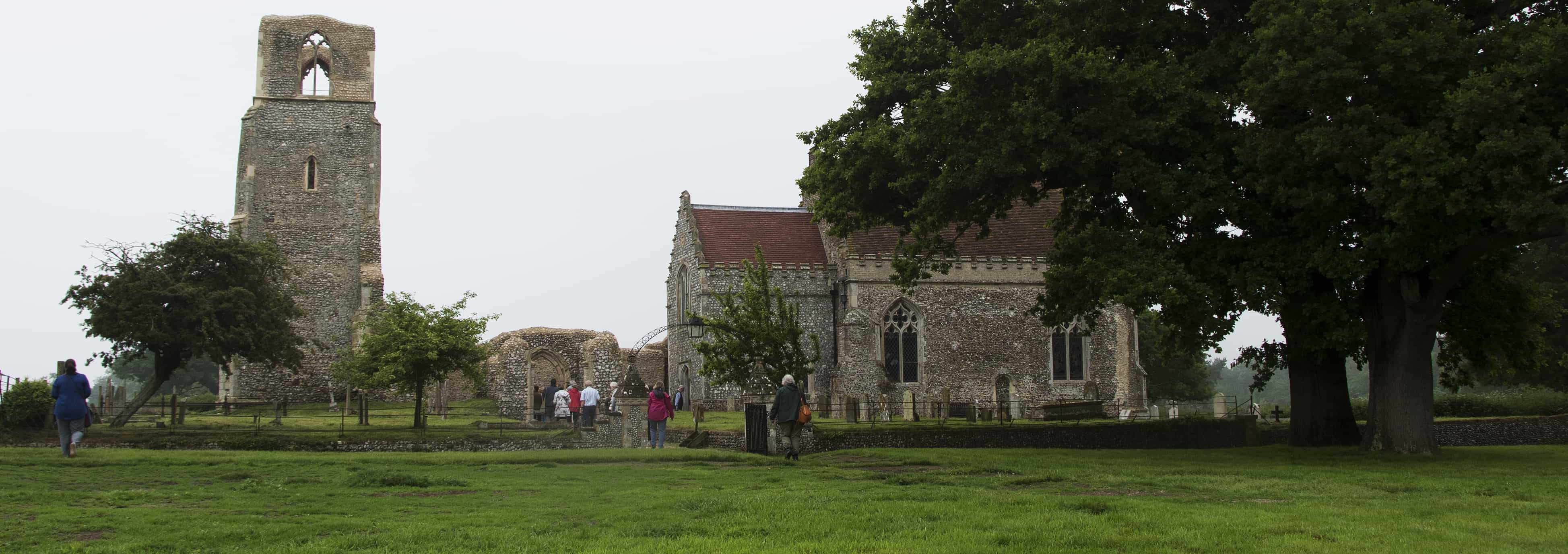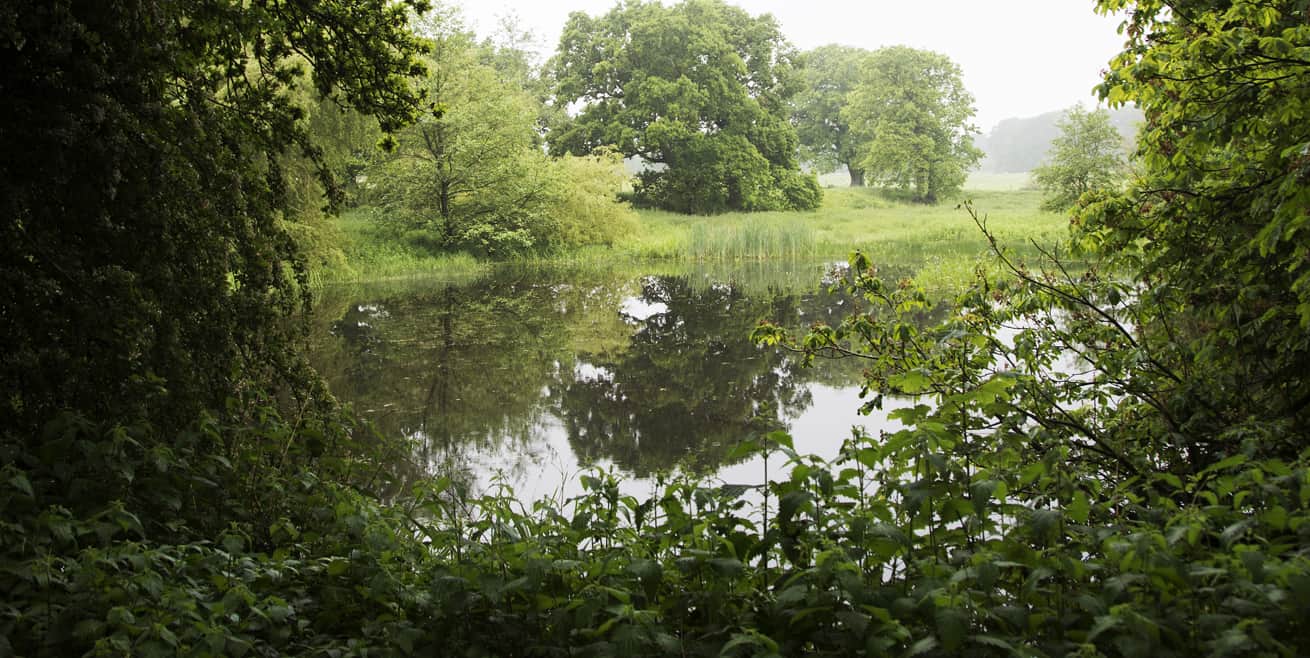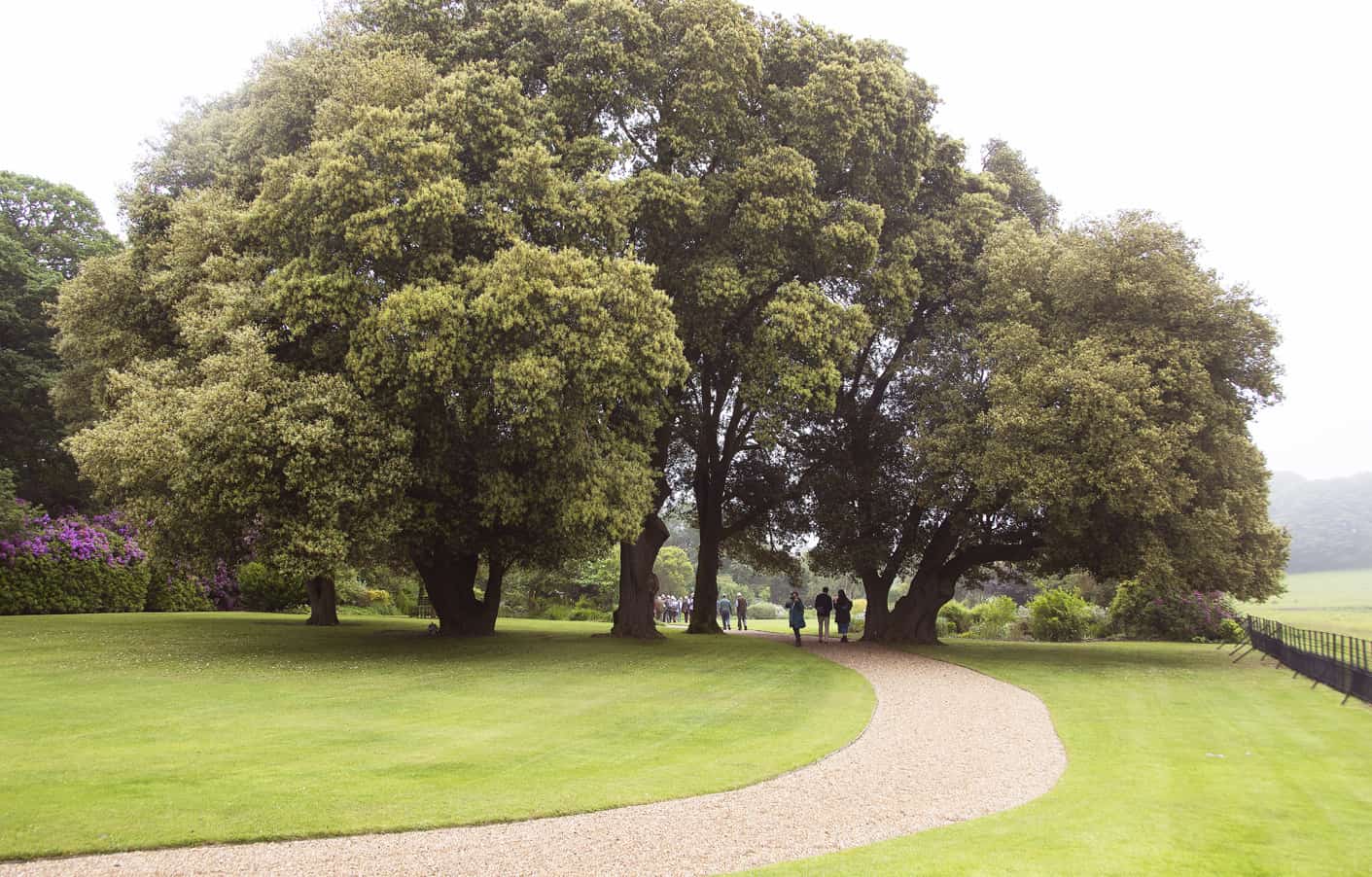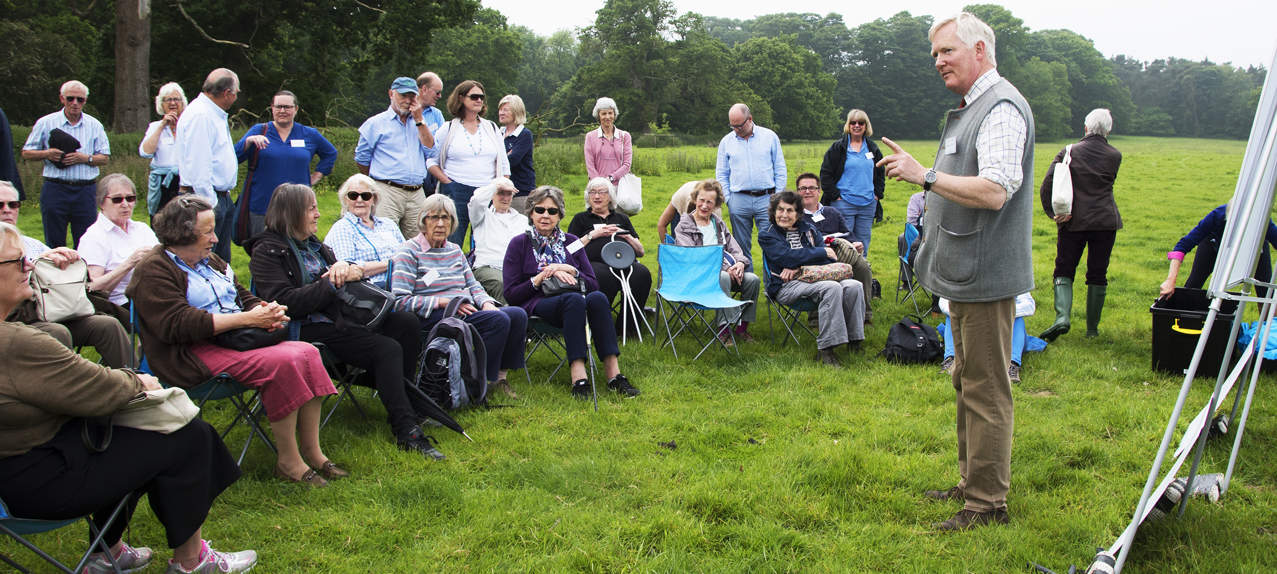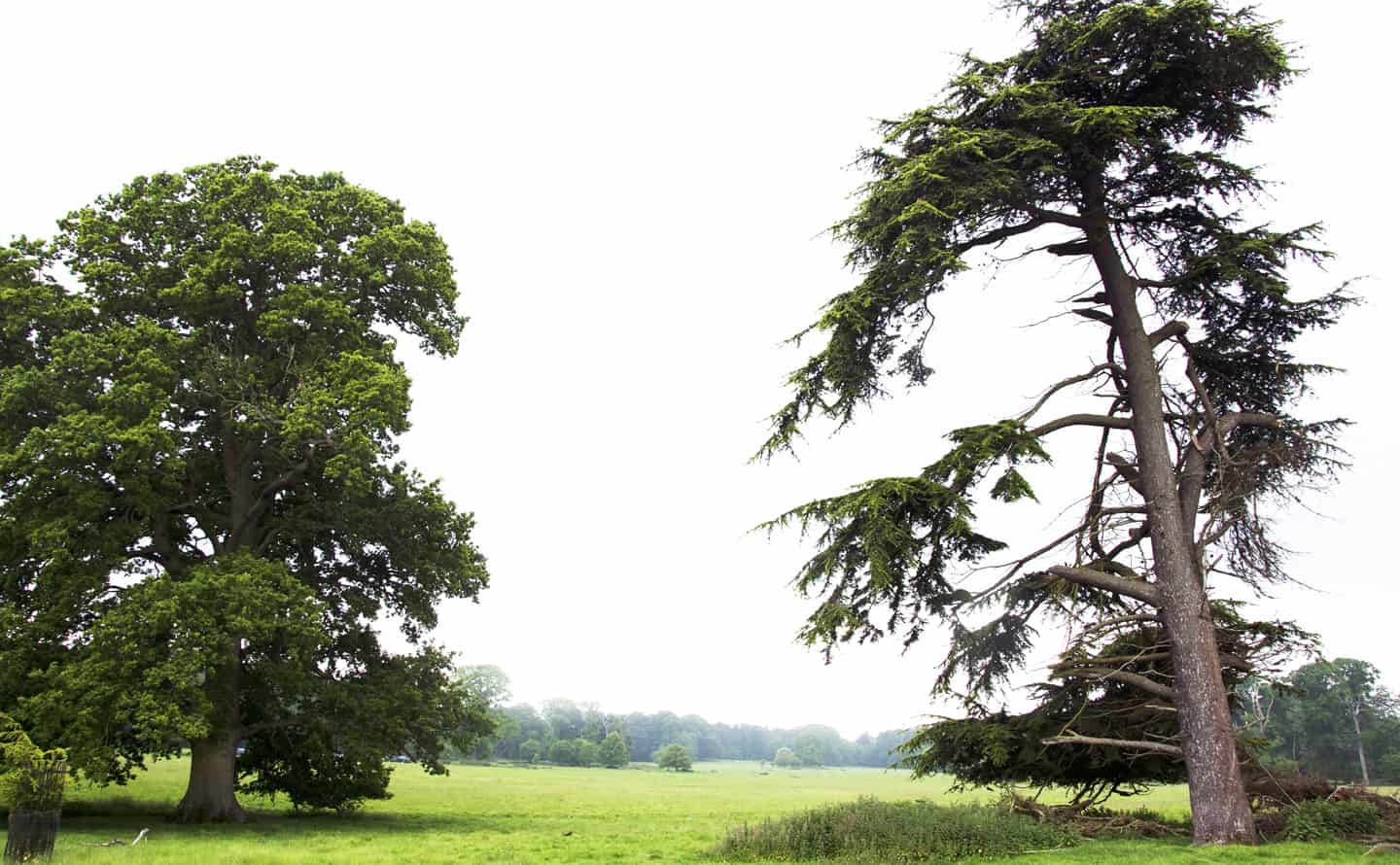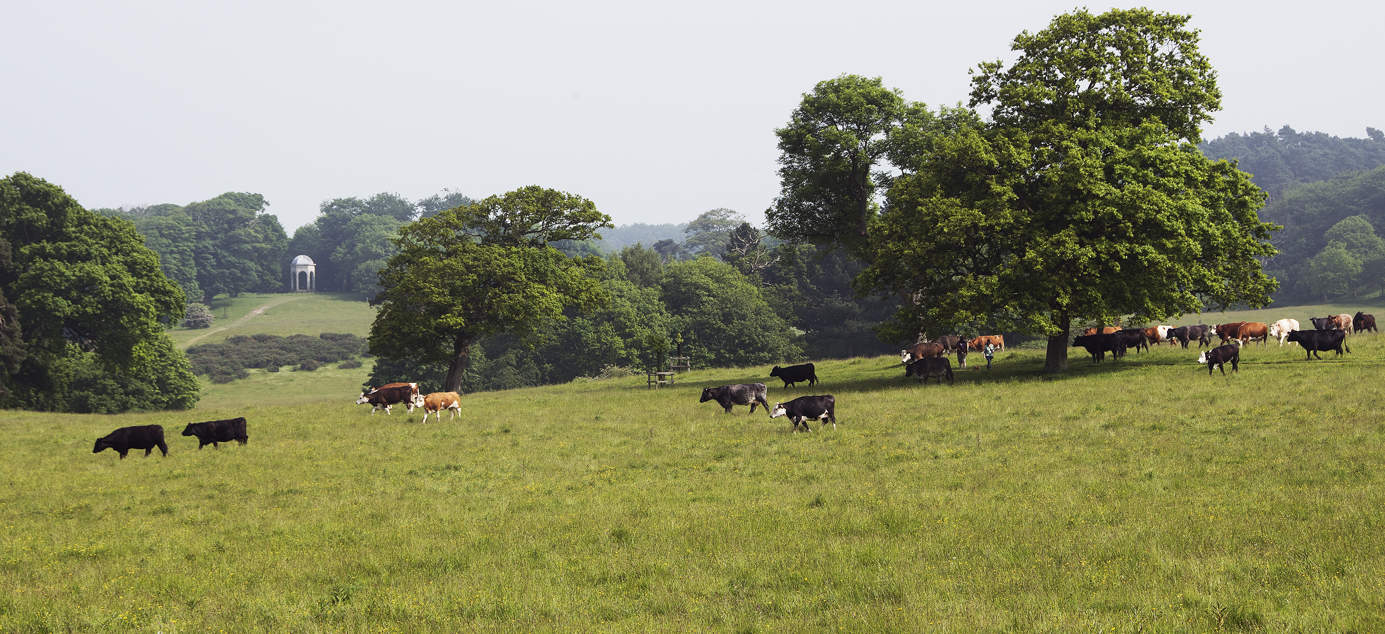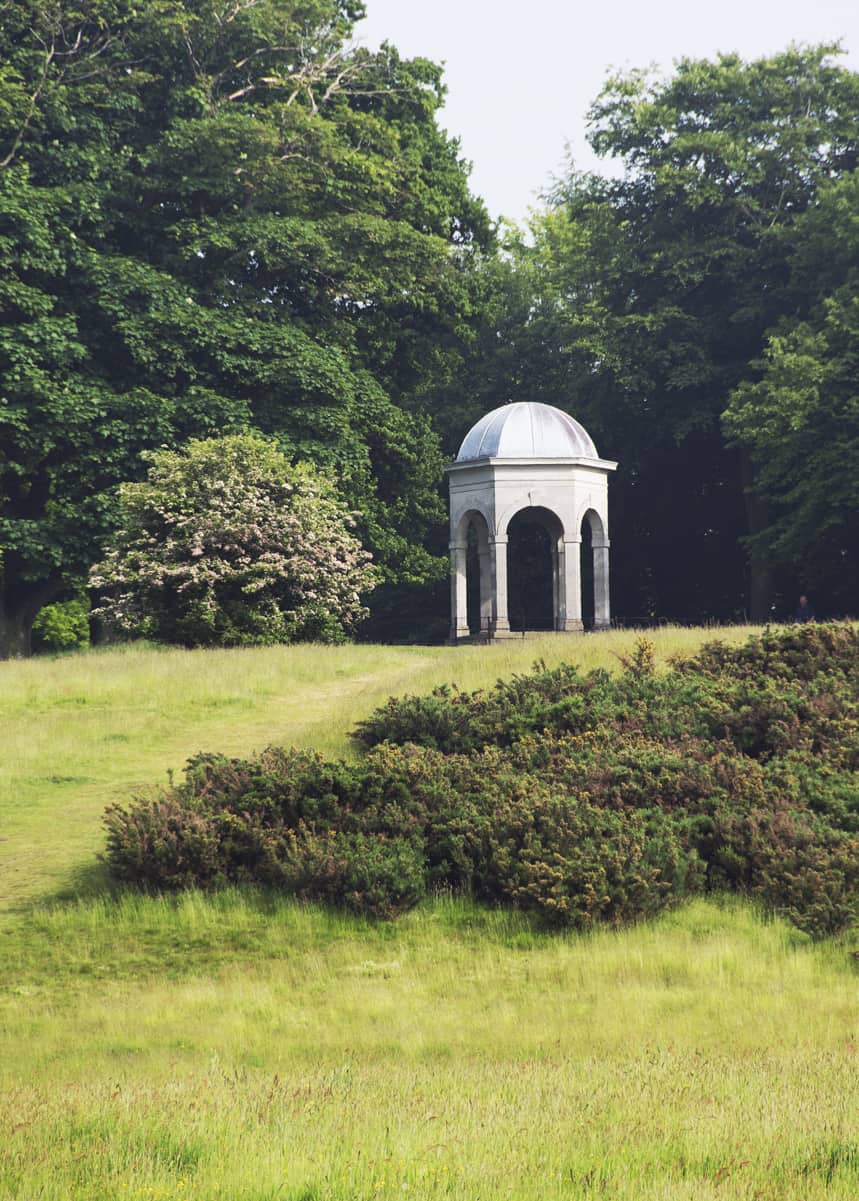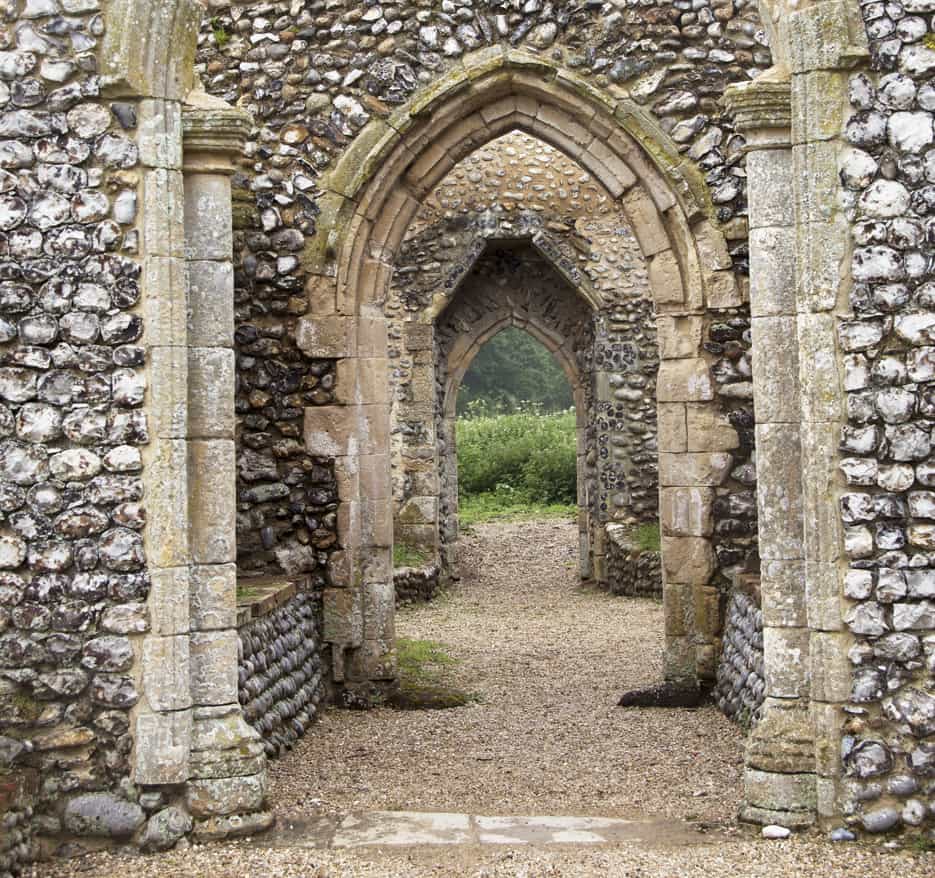Repton Festival Event
‘The Prophet in his own Country’
Links Country Park Hotel, West Runton, Nr Cromer
Friday 1st and Saturday 2nd June 2018
The Conference began with a welcome by Norfolk Gardens Trust Chairman, Matthew Martin .The sixty or so delegates from The Gardens Trust and fourteen different County Garden Trusts ranging from Warwickshire to Cornwall, had come to be introduced to Repton in his own country or, in the case of the many Norfolk delegates attending, to gain a deeper knowledge of his work and to visit houses not usually open to the public. The viewing of Red Books was going to be a particular highlight.
The first of three morning lectures that followed given by the ever-green Professor Tom Williamson (University of East Anglia); he highlighted the extent to which Repton wrote about the character of his work emphasising that these are essential to understanding his work. He chose three terms which Repton frequently used – ‘character’, ‘appropriateness’, and ‘cheerfulness’. It was fascinating to hear these explained and realise that the houses and estates we were going to visit were not just places to look at, but ones Repton had created as a unified whole. By ‘appropriateness’ Repton meant the idea of making clear to visitors or passers-by that the inhabitant of the house owned and controlled a block of land. ‘Character’ meant that the style of the landscape should reflect the status of the house and owner, and ‘cheerfulness was intended to reassure the public that he was not only concerned with status, but liked his work to be domestic and bright, with south facing houses, distant glimpses of far away views and moving water.
Dr Jonathan Finch (University of York) followed, pointing out that although Repton’s work has up till now been characterised as bringing a bourgeois taste into landscapes and adding private and family spaces, particularly around the house, it is important to appreciate how much he travelled away from Norfolk. In particular, this talk delighted the audience with Dr Finch’s account of Repton’s experiences as a young man in Holland and the European importance of this impact on the landscape.
We were then pleased to welcome Dominic Cole, President of the Gardens Trust, who in his role as consultant landscape architect had been commissioned by the National Trust to prepare a Conservation Management Plan for Sheringham, as our last speaker.
After lunch came the opportunity to visit Sheringham itself, to see both the Hall and the Park and to view the facsimile Red Book for the Hall. Those of you who have never touched a Red Book and turned over its ‘slide’ to reveal Repton’s ideas for improving the landscape have missed a real garden history treat. After visiting the dining room and the library where we were shown paintings, pictures and other books of interest including a beautifully restored map of old East Anglia, there was opportunity to explore the restored walled garden before walking through the park to the Temple with Tom Williamson who pointed out the view of the sea which Repton had incorporated into his Red Book. We then worked our way round to one of Repton’s most famous views, ‘The Turn’, which many of us have known from prints for years but never actually seen. It was a real highlight moment of the conference.
After the conference dinner, Rachel Savage gave a really amusing, lively talk accompanied with excellent slides on the research undertaken by Norfolk GT Research Group of twelve volunteers, and the subsequent publication of the magnificent book ‘Humphry Repton in Norfolk’.
Next day we visited the Church of St Michael and All Angels, Aylsham where we heard a talk by local historian Daphne Davy, had an opportunity to see the Repton Family memorials in the church and the special Repton Exhibition. A visit to Repton’s grave on a prominent small garden plot by the chancel door was a most poignant sight for many of us.
Then on to Honing Hall, North Walsham, where, as the rain came down we picnicked inside, but not before we saw the maps and plans of the park and learnt something of this beautiful tranquil setting Repton had created for the family. The house is sited in a sheltered corner of the park looking out over wonderful covers of trees, with walks stretching off into the distance. It was a privilege to see the original Red Book which was prepared for the Cubitt family in 1792, and is packed with important insights into his approach to landscaping, boundaries between parks and working countryside, approach drives and entrances. The park, still owned by the Cubitts, is one of the most attractive of Repton’s smaller later designed landscapes, and one of his best preserved.
Heavy rain and floods accompanied our drive to Barningham Hall, Matlaske, where there is no Red Book, but an important collection of plans and drawings by Humphry and John Adey Repton. Some have the lift up flaps, some quote two prices, probably for most and least alterations, and the new park laid out in 1816 was almost certainly designed by Repton, though some of his ideas may have been modified. The two drives remain, the north approach with a very ‘Reptonian’ feel, much original planting is still there, and the terrace placed beneath the south front still survives.
All who attended the Conference wish to extend very sincere thanks to all involved in organising and running the event:
All our speakers, our hosts at the houses we visited and at the Church of St Michael and All Angels; the management and staff at The Links Country Park Hotel who made us so welcome, and Karen Moore with her amazing competence, calmness and friendliness who made the event a conference to remember.
The author wishes to express her tremendous gratitude to those who compiled the conference booklet, and hope no-one feels their copyright has been breached.
Margaret Anderson
Northamptonshire Gardens Trust
Next Event
Hindringham Hall
Saturday 13th June, 2024 6-8.30pm
Blacksmiths Lane, Hindringham NR21 0QA
~ an evening visit with wine & canapes ~
Medieval moat and fishponds, walled vegetable garden, beautiful formal and informal borders.

